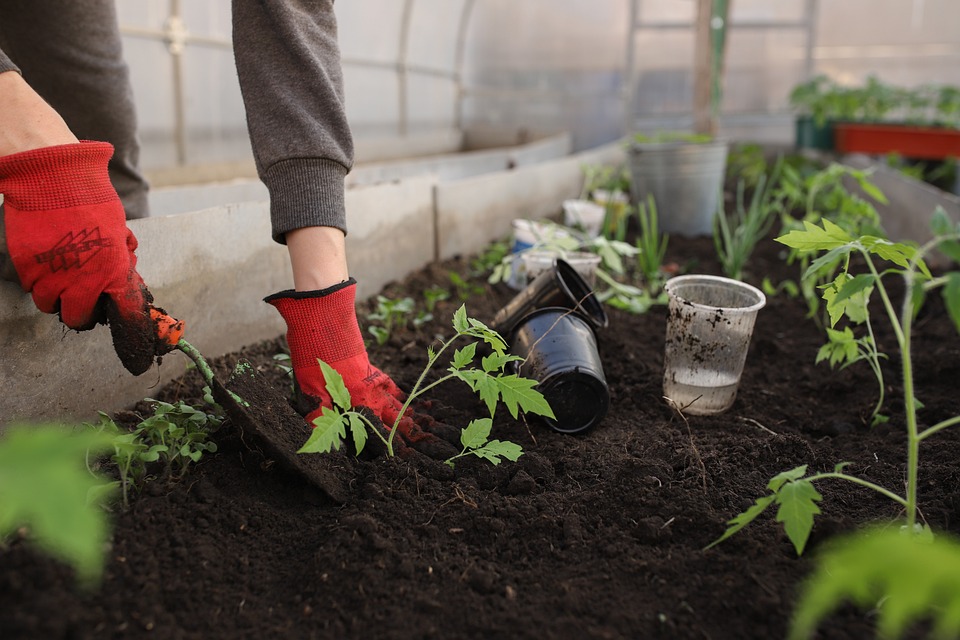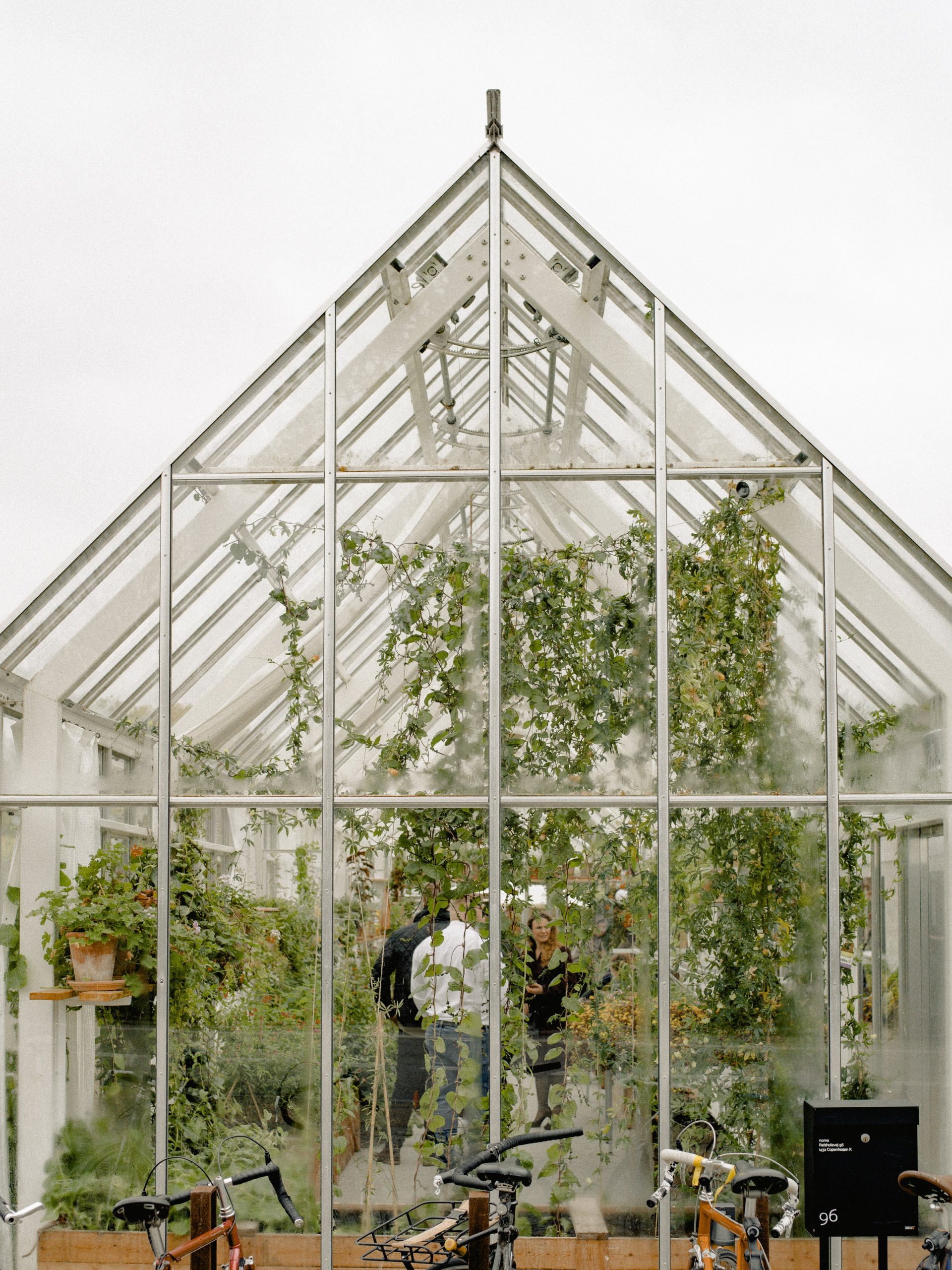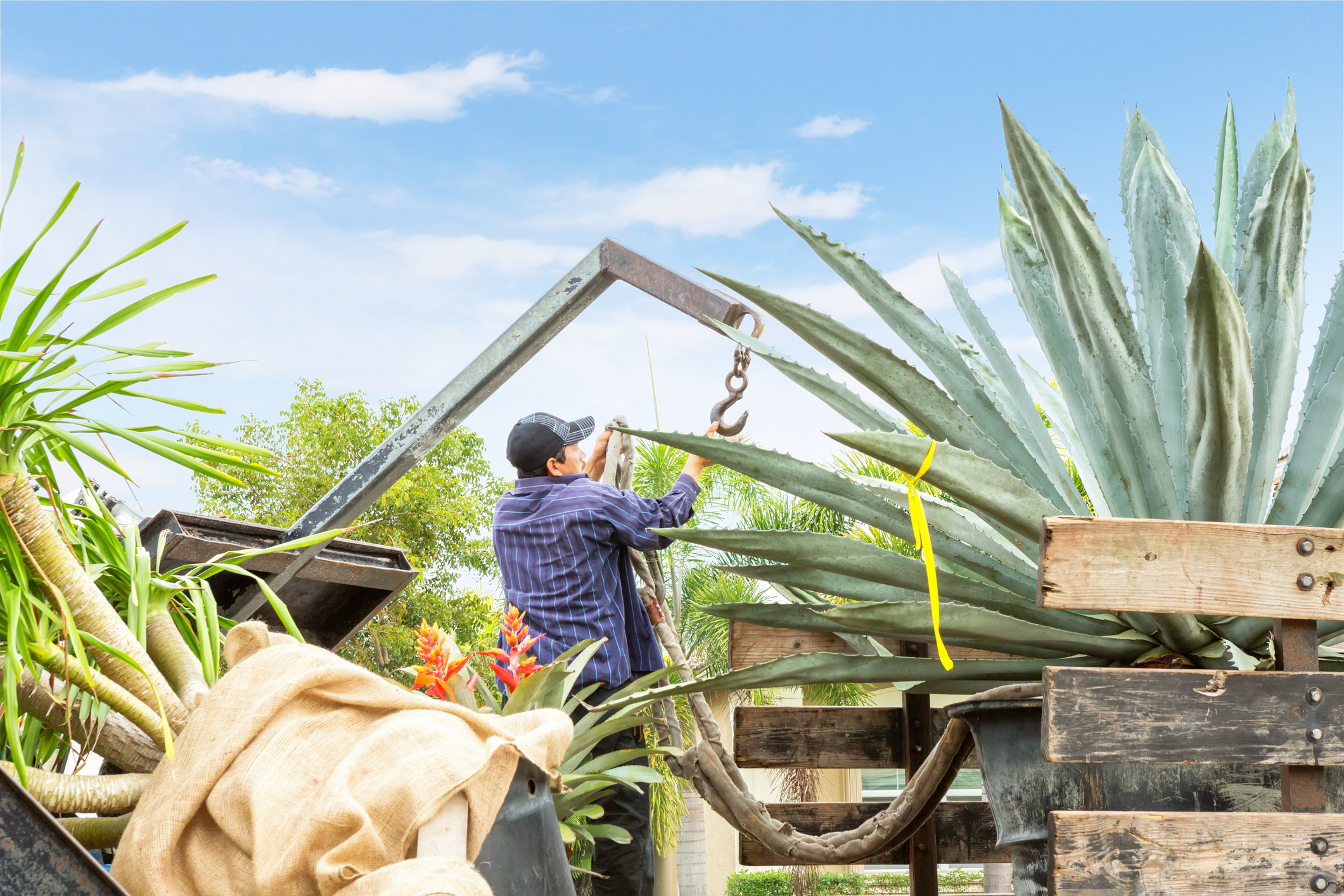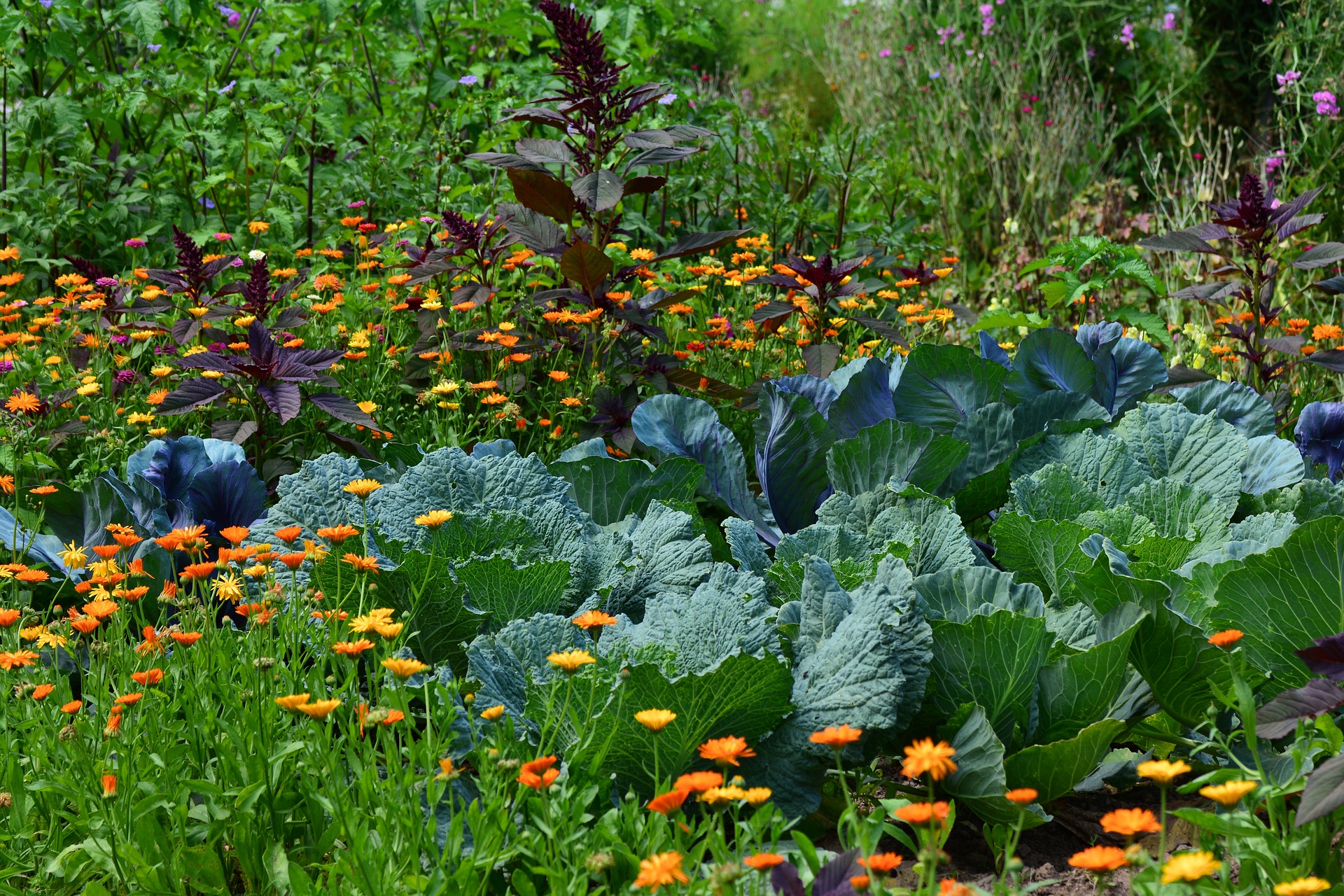With the rise of urbanization, cities are becoming denser and greener spaces are becoming harder to come by. Green roofs, also known as roof gardens, are becoming an increasingly popular trend among urban dwellers. Roof gardens are a way to bring nature back into the city by creating a green oasis on top of buildings. Not only do they provide a beautiful and peaceful escape from the hustle and bustle of city life, but they also offer a variety of environmental benefits, such as reducing stormwater runoff, improving air quality, and providing habitat for wildlife.
Roof gardens can be a challenging and complex undertaking, but with a little bit of planning and care, it can be a worthwhile and rewarding project. From choosing the right roof, selecting the right plants, creating an efficient drainage system, and ensuring accessibility, there are many factors to consider when starting a roof garden.
In this blog, we will be discussing the five tips to help you start a successful roof garden. We will discuss the importance of choosing the right roof, selecting the right plants, creating an efficient drainage system, and more. With the right approach and mindset, you can create a beautiful and sustainable oasis in the heart of the city. So, whether you’re an experienced gardener or a complete novice, read on to learn how to start your own roof garden.
1. Choose the Right Roof
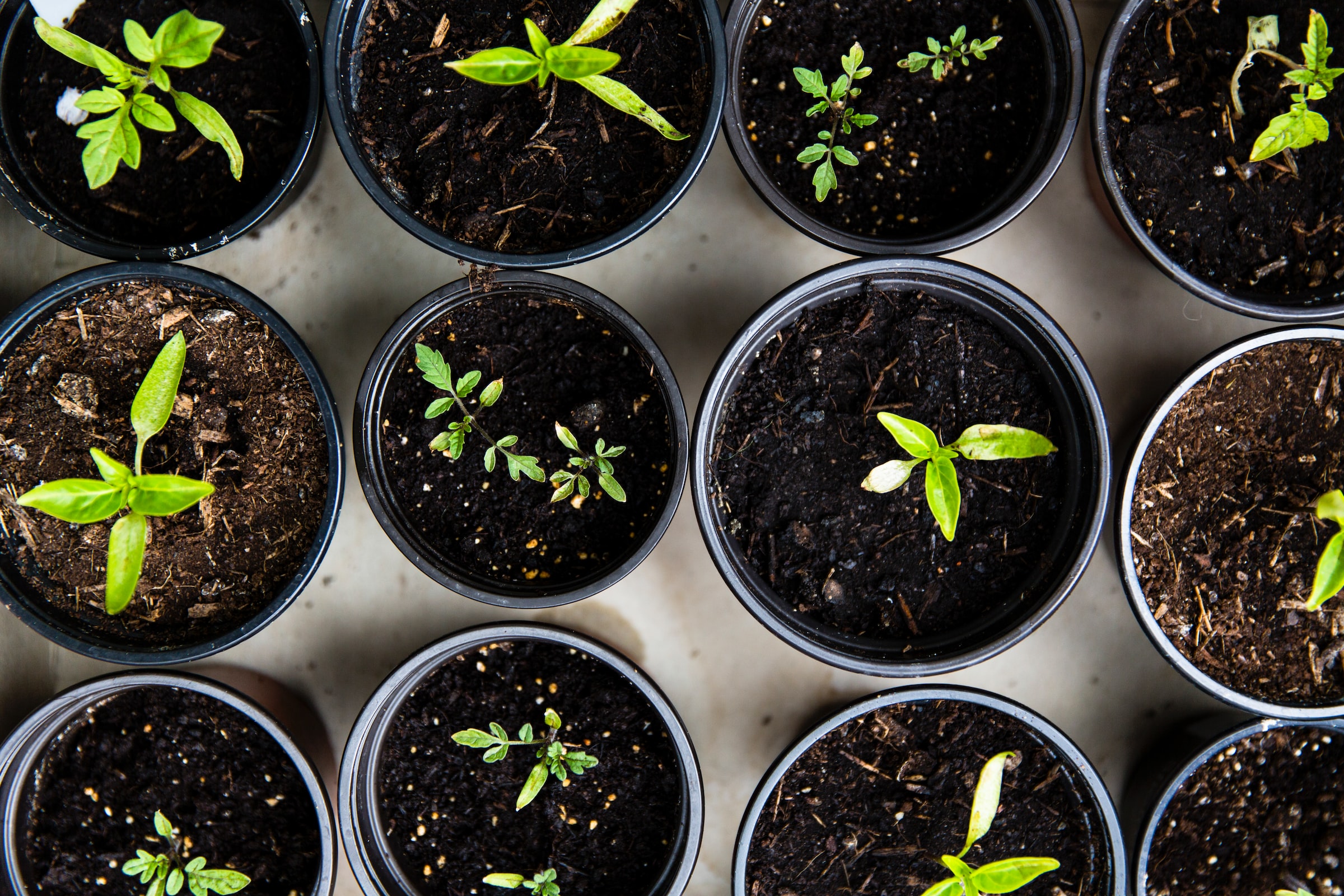
Not all roofs are suitable for a garden, so it’s important to choose the right one. Flat roofs are the easiest to work with, as they provide a large, level surface for planting. However, sloped roofs can also be used if they have a gentle slope and are structurally sound. It’s also important to make sure that your roof can support the weight of soil, plants, and water, as well as any additional features like raised beds or seating areas.
2. Select the Right Plants
Choosing the right plants for your roof garden is crucial to its success. It’s important to select plants that are well-suited to the conditions on your roof, including exposure to sun, wind, and temperature. You should also consider the soil type and drainage, as well as the amount of maintenance the plants will require. Some popular options for roof gardens include succulents, sedums, and herbs.
3. Create an Efficient Drainage System
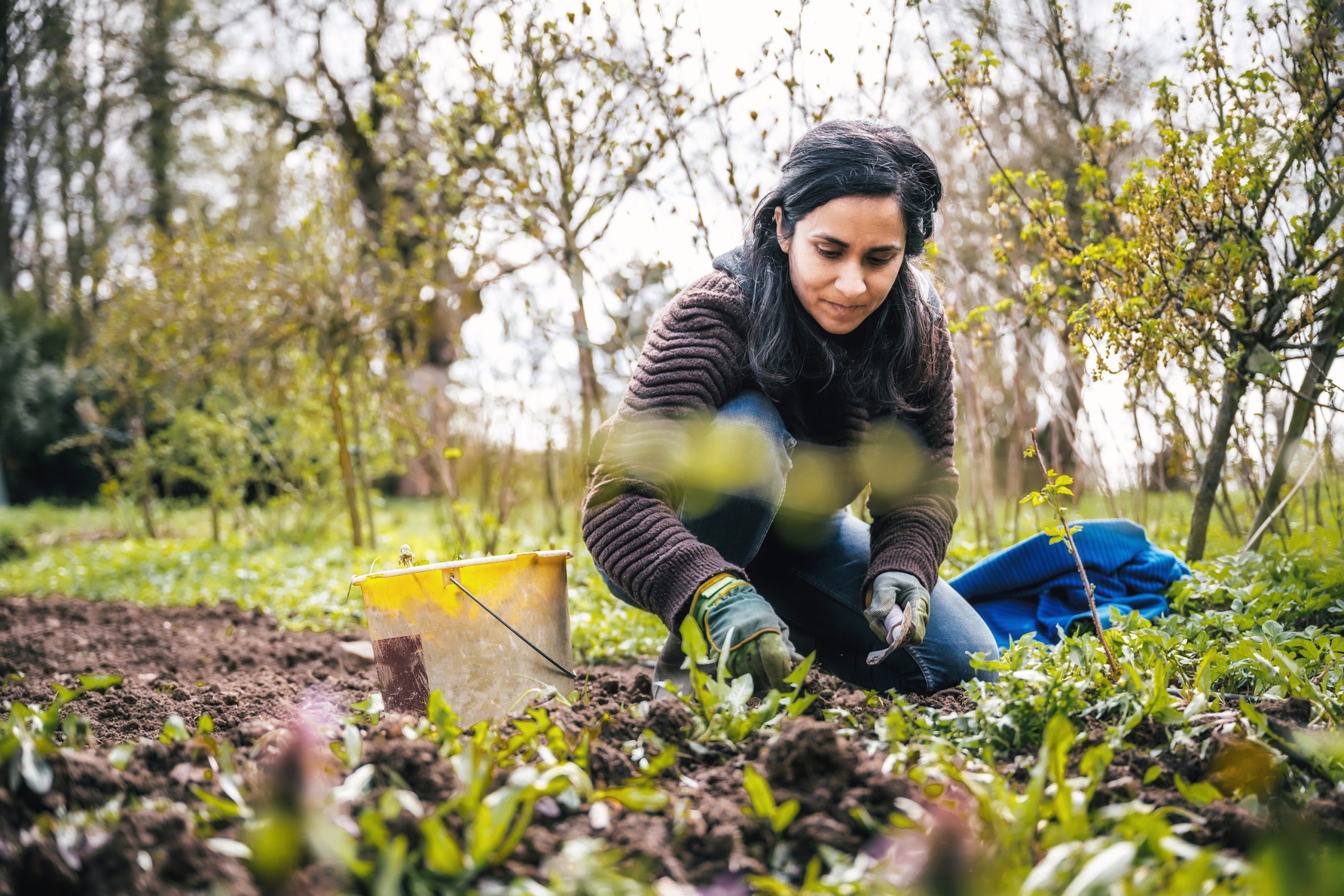
Proper drainage is essential for a roof garden to thrive. Without it, water can accumulate and damage the roof or cause the plants to rot. To prevent this, you’ll need to create an efficient drainage system that allows water to flow away from the roof and into a safe place. This can be done by installing a drainage layer under the soil, such as a layer of gravel or crushed stone, and making sure that the soil has good drainage capabilities.
4. Consider the Accessibility
When planning your roof garden, it’s important to consider how you and others will access it. Will you need a ladder or stairs to reach the roof? Will the garden be accessible to people with disabilities? These are important questions to answer before you begin, as they will affect the design and layout of your garden.
5. Maintenance
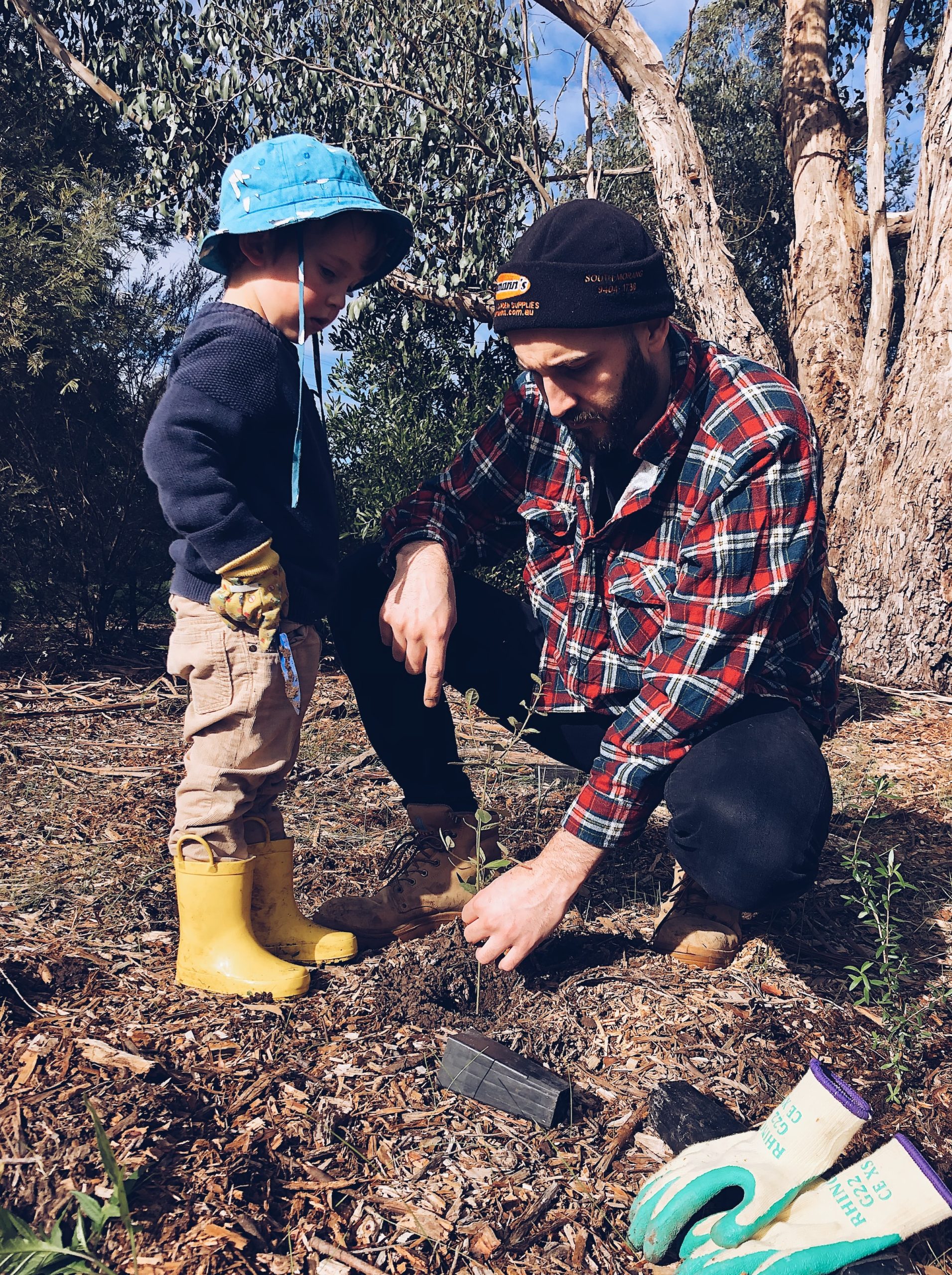
Green roofs require regular maintenance to keep them in good condition. This includes regularly checking for and removing any weeds, pruning the plants, and monitoring the drainage system. It’s also important to keep an eye on the weather, as heavy rain or strong winds can damage the plants or the roof itself. To make maintenance easier, it is recommended to have a professional install and maintain the roof garden.
Final thoughts
Roof gardens are an excellent way to add greenery to urban environments, as well as to improve the energy efficiency of buildings. By taking the time to plan, design, and maintain your roof garden properly, you can create a beautiful, sustainable, and functional space that you and others can enjoy. Remember to keep in mind the right roof, plants, drainage system, accessibility, and maintenance to create a successful roof garden. Sound off in the comments section below and tell us what you want to read next and if you want to read more about roof gardens.

